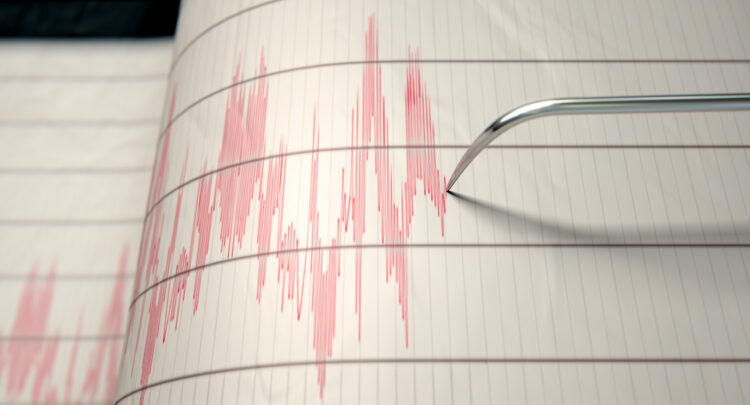
The Department of Geophysics at the Faculty of Science of the University of Zagreb presented the results of the CRONOS project on Wednesday, which is said to have improved the department's capacity to study seismically vulnerable areas in Croatia.
One of the main objectives of the project was to study the seismic properties of northern and central Dalmatia and to determine the locations of active fault lines. For this purpose, 12 temporary seismic stations were borrowed from the partner University of Bergen in Norway and installed. Together with the existing seismic stations in Dalmatia, the total number of such stations increases to more than 20, said deputy project leader Josip Stipcevic.
The seismic stations have significantly improved the ability to detect and localise low-magnitude earthquakes. They enable better mapping of active fault lines and improve knowledge about the seismic and tectonic properties of this part of Croatia, he said.
Accelerographs in Dalmatia
In addition, 14 stations with accelerographs - instruments that measure medium and strong earthquakes at small epicentre distances- have been installed in Dalmatia. These devices are expected to provide valuable data on the seismic activity that leads to earthquakes in the coming decade.
The project "Investigation of seismically vulnerable areas in Croatia and seismic ground motion assessment - CRONOS" was launched on 17 January 2022 and will end on 30 April 2024. It has a total value of 2.5 million euros and is co-financed by the Norwegian Financial Mechanism 2021-2024 (85%) and the Croatian Ministry of Regional Development and EU funds (15%).
The project partner is the Department of Geosciences at the University of Bergen, Norway. Also involved in the project are researchers from the Zagreb Faculty of Geotechnics, the Zagreb Faculty of Mining, Geology and Petroleum Engineering and the Croatian Geological Institute.
Kakvo je tvoje mišljenje o ovome?
Pridruži se raspravi ili pročitaj komentare



 Srbija
Srbija
 Bosna i Hercegovina
Bosna i Hercegovina
 Slovenija
Slovenija







